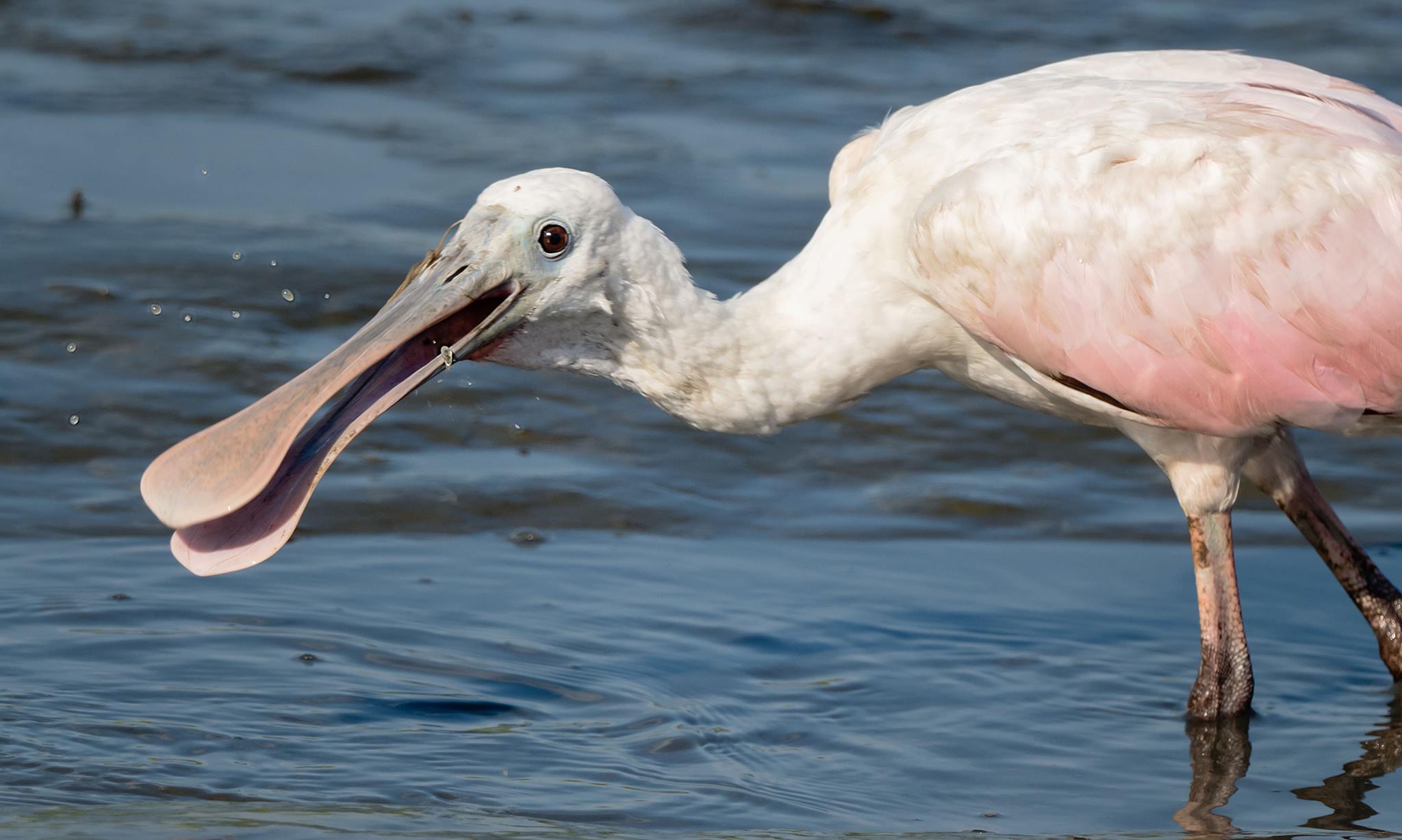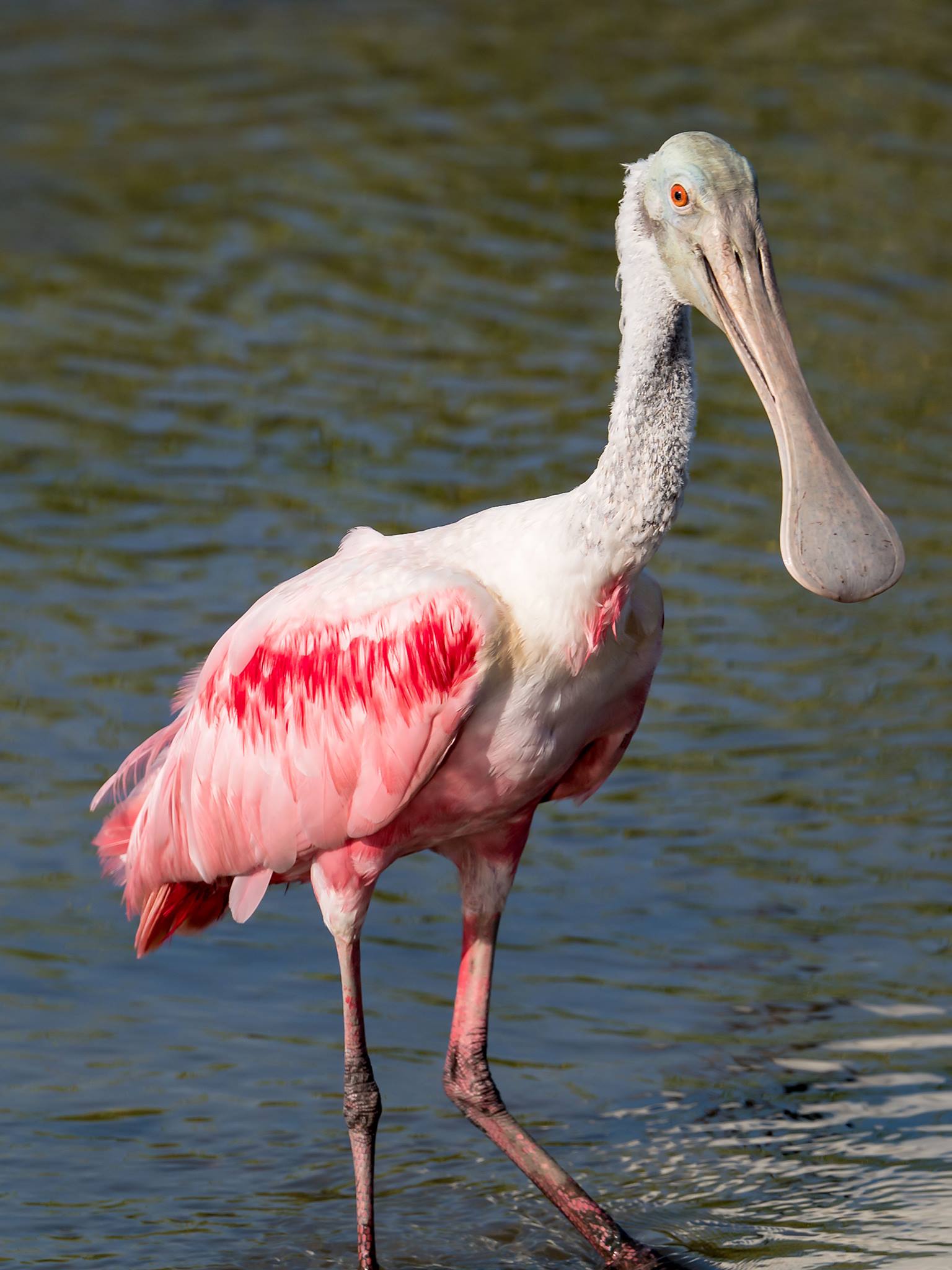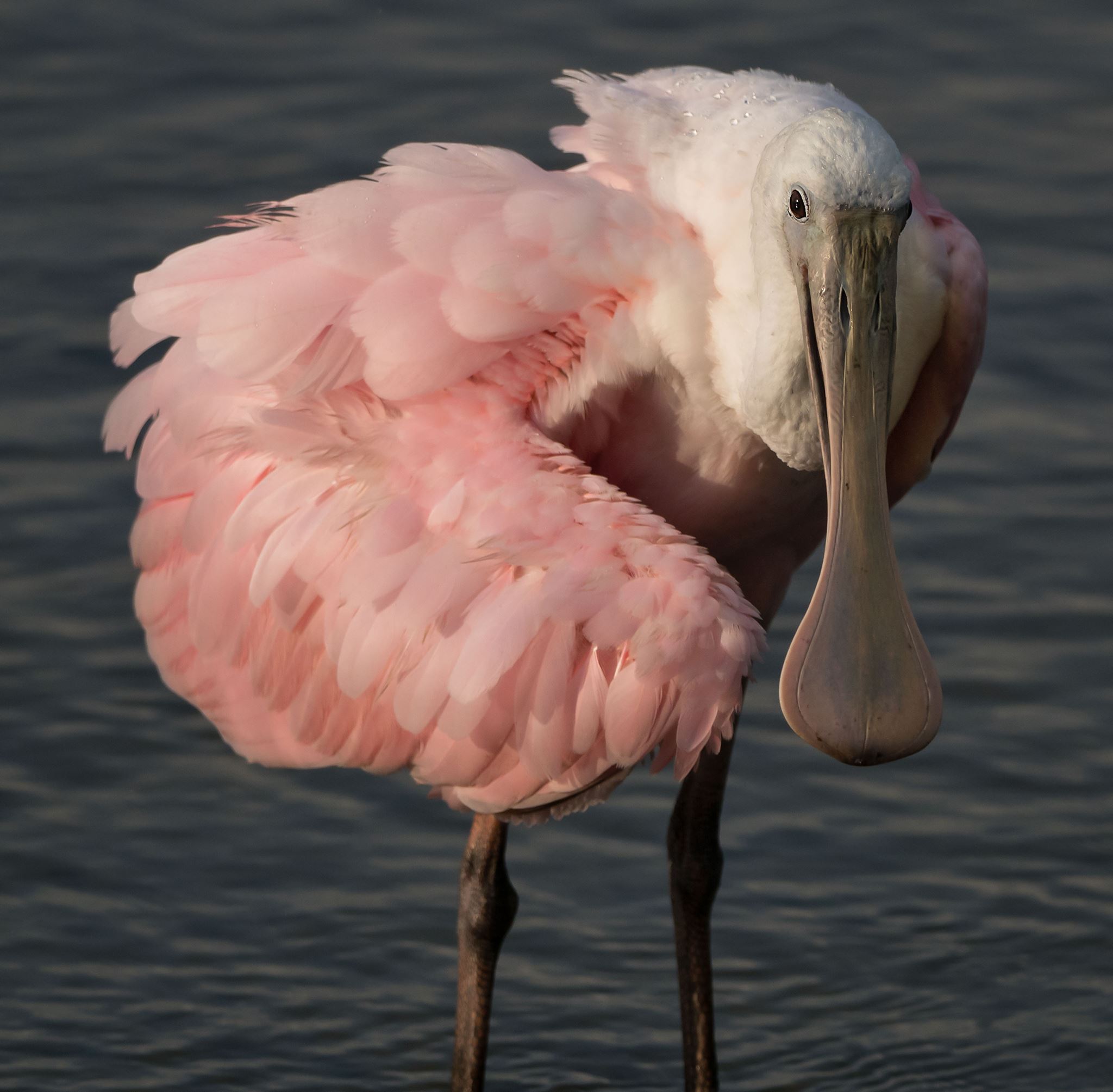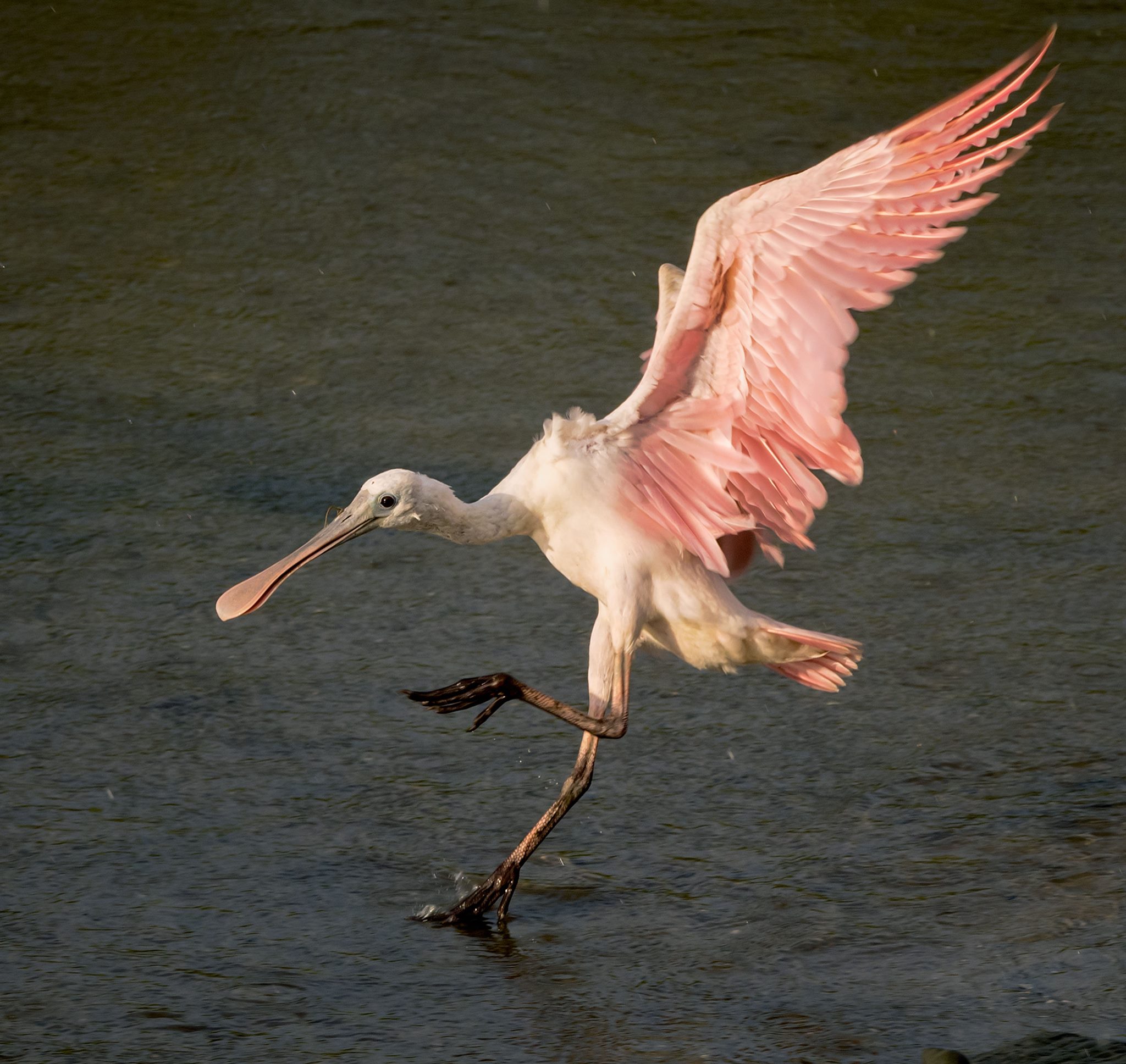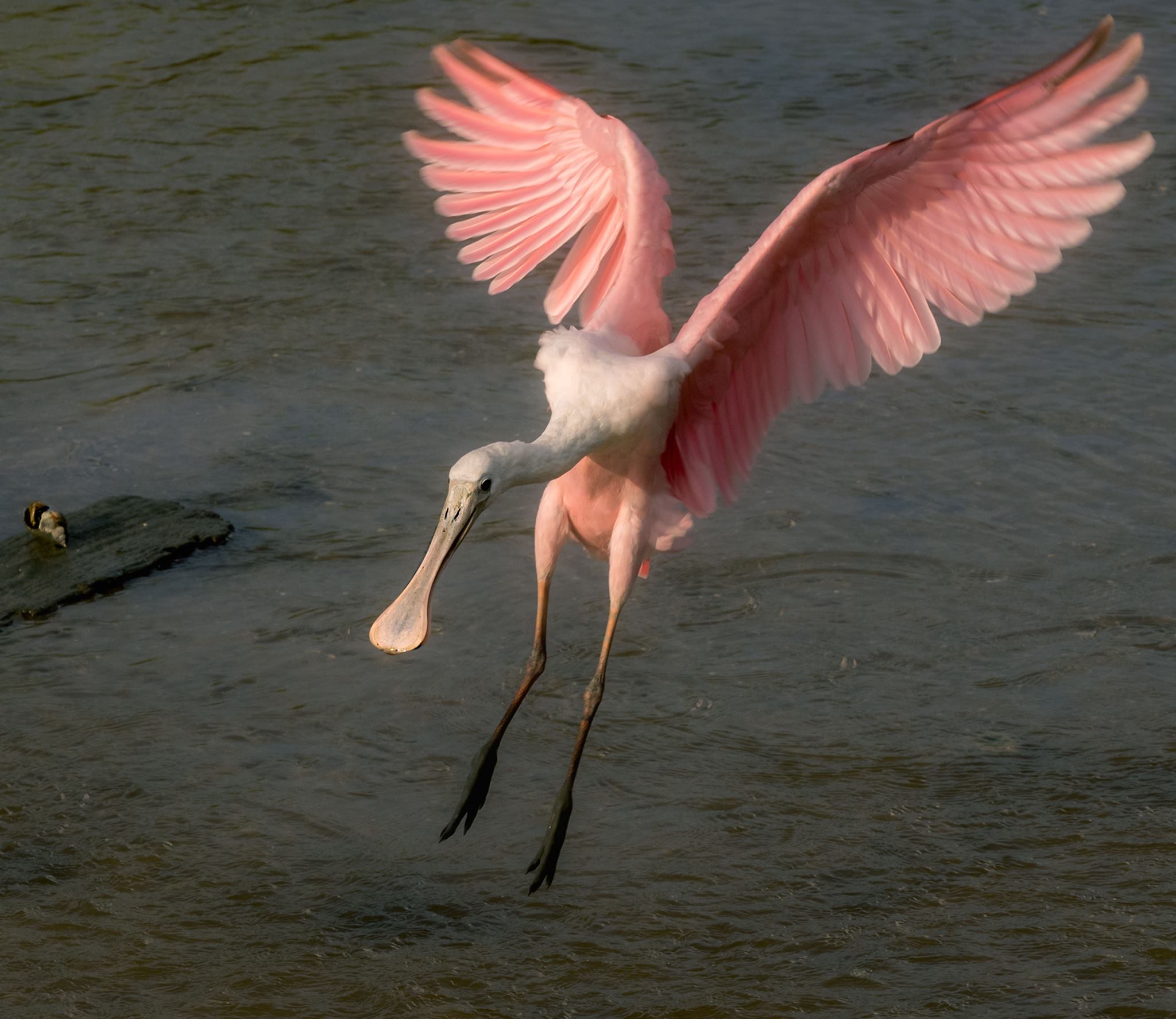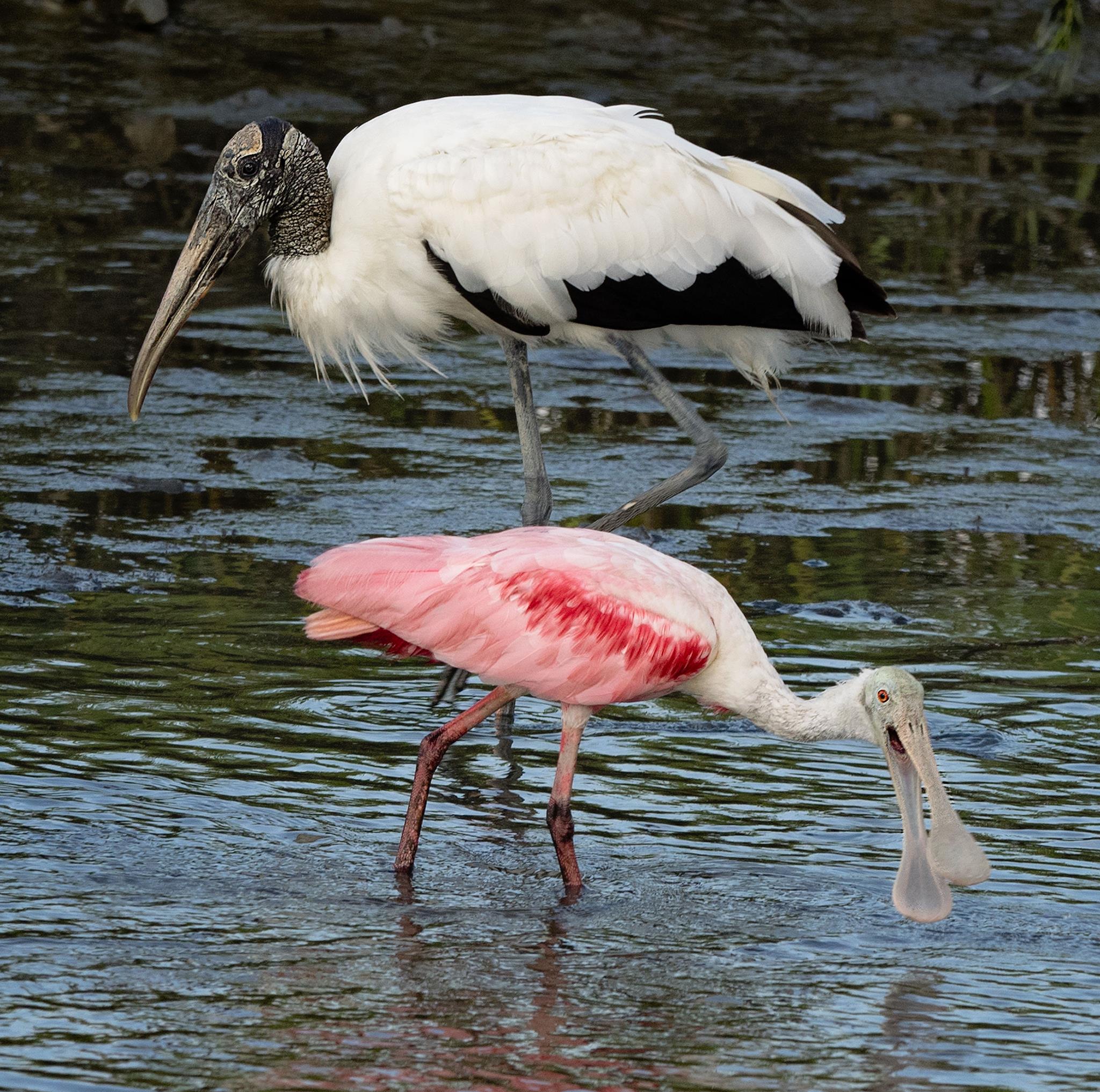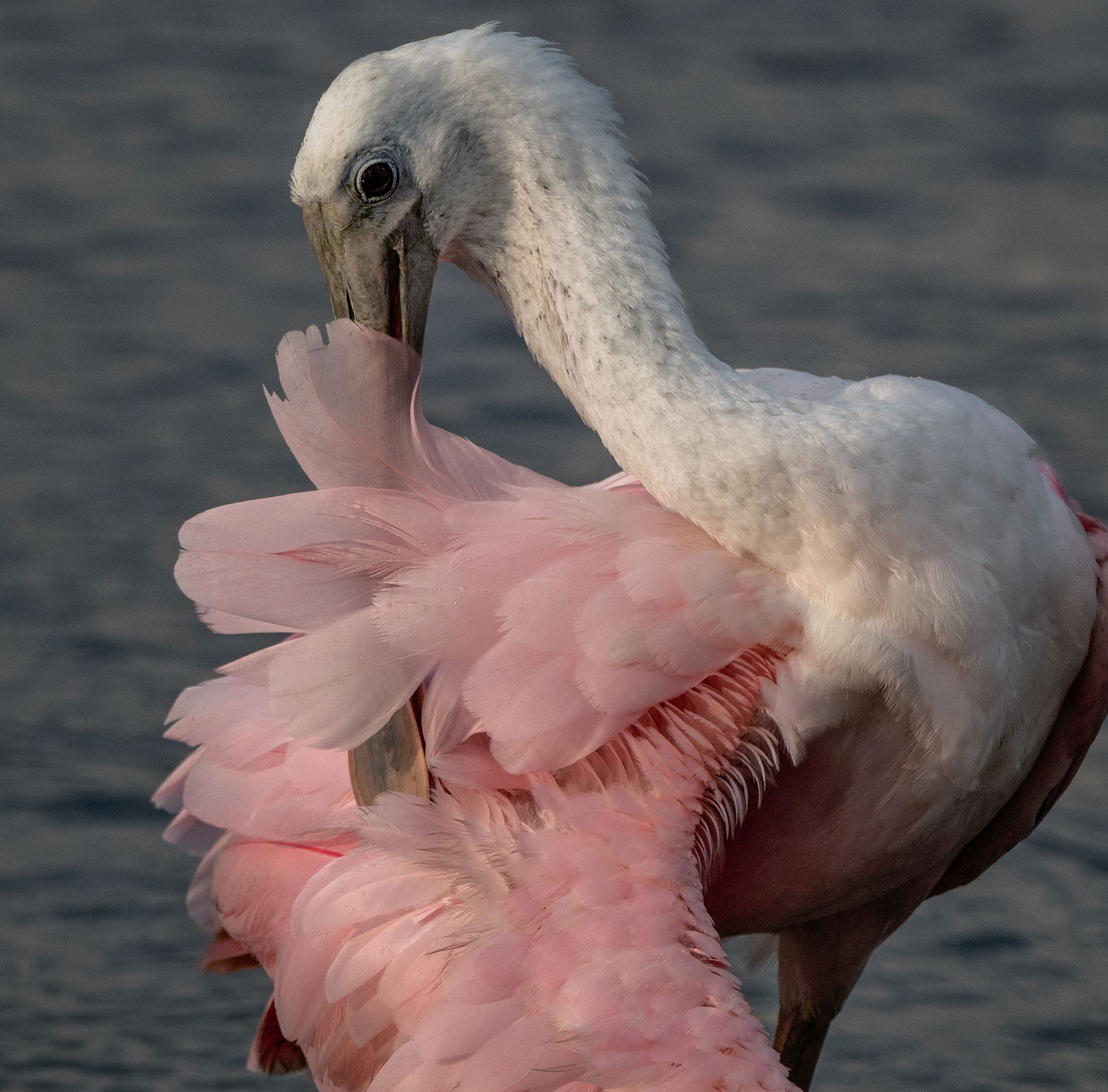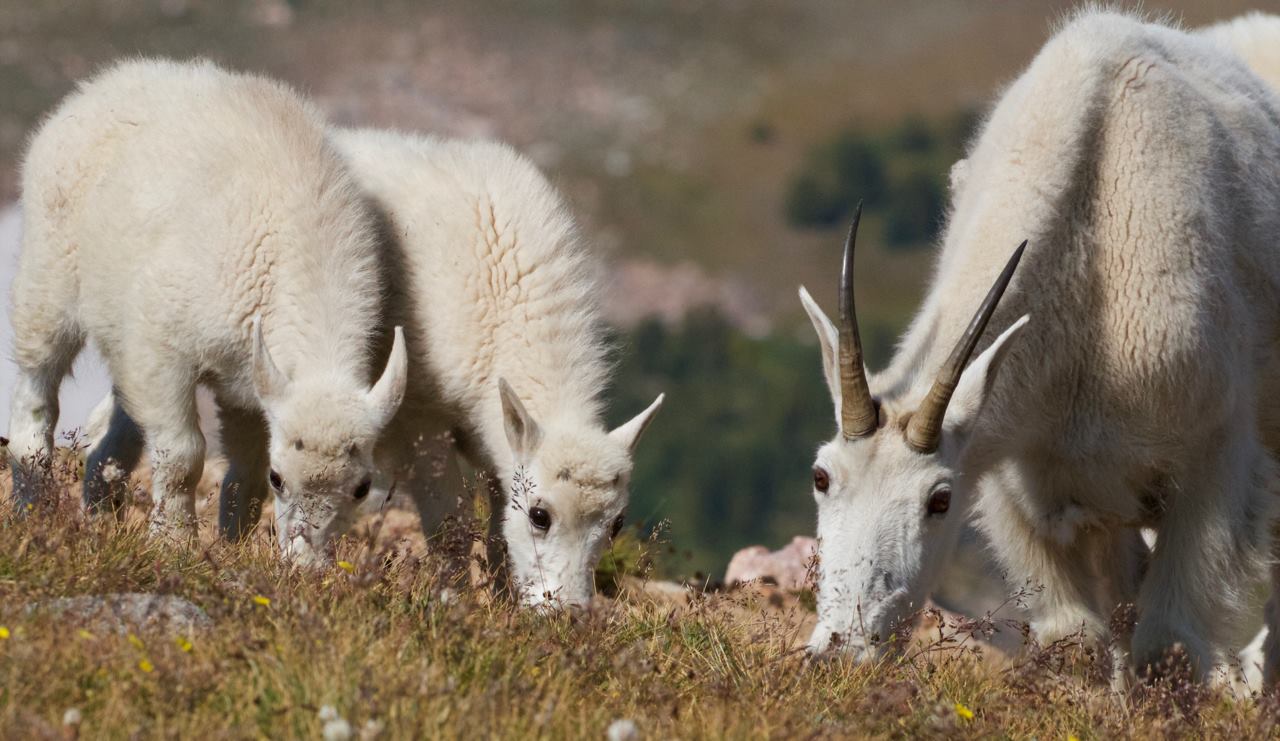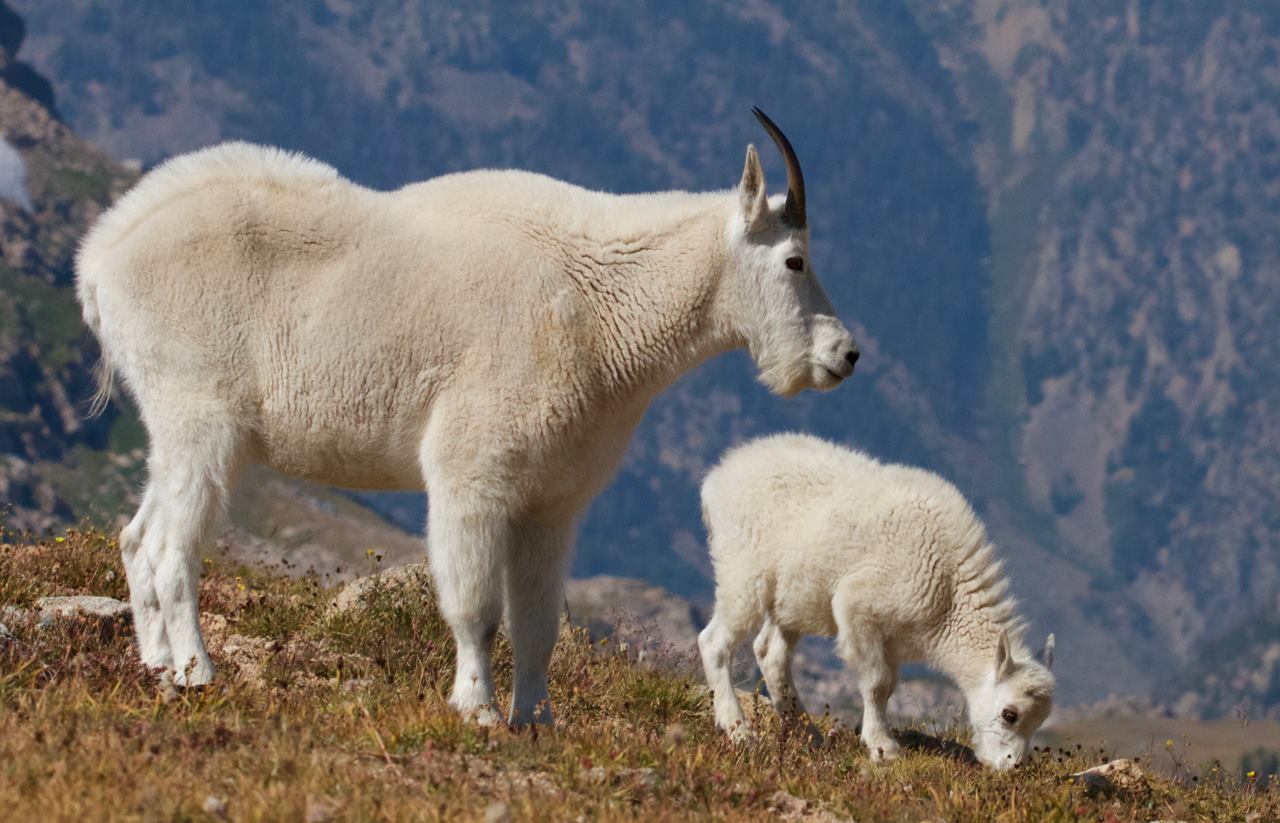Once victims of their own beauty—plume hunters nearly eradicated them from the U.S. more than a century ago in the fashion-driven slaughter of wading birds that eventually led to the founding of the Audubon Society—roseate spoonbills have rebounded along the Southeast and Gulf coasts. though they're still a threatened species in Florida. They hunt for crustaceans, some of which provide the pigment for their pink plumage, by swinging their heads side-to-side in shallow waters. Many thanks to Lisa Barnes for sharing these wonderful photos with us from Huntington Beach State Park in South Carolina. (Take note of the wood stork, itself a threatened species, wading with a spoonbill in one of the photos.)
What's a Patagonian Dragon?
"I thought you might like this rather rare find I came across the other day in Chilean Patagonia," writes Roxanne Schinas in sharing her photo of this remarkable insect. "I was walking on the seemingly sterile surface of a glacier when I noticed a prehistoric-looking creature floating in a puddle of meltwater, and at first assumed it must have been dropped by a bird.
Photo of Patagonian dragon shared with The Naturalist's Notebook by Roxanne Schinas in Chile
"Actually this is a creature known as the Patagonian dragon, a very primitive insect which spends its entire life within the glaciers of the Andean Southern Icefield: the only wingless member of the stonefly family, it has high concentrations of glycerol (antifreeze) in its blood, and feeds entirely on the particles of algae growing in minute crevices in the ice. Since this part of the world is inaccessible and uninhabited these insects are very understudied, and I was very lucky to come across one which had ventured out of the ice."
The first insects evolved almost 500 million years ago, so seeing a type that's old even by insect standards—and survives in and on glaciers—is amazing. Who needs mythological animals when the planet is filled with so many astounding real ones? Many thanks, Roxanne!
A Thrush from Bangladesh
Recently we were excited to receive the first photo shared with us from Bangladesh, a densely-populated, Iowa-sized country that was known as East Pakistan before it won its independence from Pakistan in 1971. Today it is home to 160 million people, more than 460 bird species and 89 types of mammals, of which 31 are endangered, critically endangered or vulnerable. “This is a photograph of an orange-headed thrush that I took in Dhaka, Bangladesh last year," writes Ihtisham Kabir in sharing his beautiful shot. "It is fairly common, but not easily visible because it stays in the underbrush.”
Photo of orange-headed thrush shared with The Naturalist's Notebook by Ihtisham Kabir in Bangladesh
Learning about nature in other countries is not just fascinating, but also important in coming to understand the astounding but threatened diversity of life on Earth, a home that we share—or rather, need to learn how to share—with an estimated 8.7 million other uniquely evolved, irreplaceable species of flora and fauna. It's uplifting to find people on the other side of the planet who love nature and science as we do. "We have other birds such as masked finfoot and Indian skimmers," Ihtisham adds. "I will send you photos once in a while.... Love your page."
Zebras at the Waterhole
“Three's a crowd," writes Karen Blackwood of Eagle Eye Safaris in sharing her photo with us from Kruger National Park in South Africa. "As prey animals, zebra are always wary at waterholes. They can't see much with their heads down, nor can they smell predators while drinking. Slaking their thirst is a leap of faith, but there's always one keeping watch, helping to keep the herd-mates safe. Please take a look in full screen for details you might miss at a glance, and we hope you enjoy them as much as we did!" Anyone else seen a zebra in the wild? Thanks, Karen.
Photo by Karen Blackwood at Kruger National Park in South Africa
False Eyes of the Spicebush Swallowtail
"Yesterday I found a sapling sassafras with at least a dozen spicebush swallowtail (Papilio troilus) caterpillars on it in all different instars [stages of development]," writes insect expert David Moskowitz in sharing these photos with us from Cape May, New Jersey. "The false eyes of these caterpillars change dramatically between instars and are fantastic. Here they are from what is probably the 2nd instar through the 5th instar. Enjoy!"
Spicebush swallowtail caterpillar photos shared with The Naturalist's Notebook by David Moskowitz
Have you ever seen this type of caterpillar? Many thanks to David. You can find more of his insect photos, expertise and enthusiasm at https://www.facebook.com/BugAddictionConfessionsOfABugAddi…/.
Mountain Goats in Wyoming
“Mountain goats. Beartooth Plateau, Wyoming," writes Jay Anderson in sharing these three photos with us. "Part of the greater Yellowstone ecosystem.” These amazingly sure-footed climbers and leapers (able to soar up to 12 feet in a single bound) are not actually goats; they're part of a family that includes gazelles and antelopes. They're able to maneuver on steep slopes in part because their cloven hooves have inner gripping pads and sharp, curved, anti-slipping dewclaws and can be spread apart for traction. The age of a mountain goat can be determined by counting the growth rings on their horns, which they don't shed. Many thanks to Jay for his photos. Have you ever seen or photographed a mountain goat?

